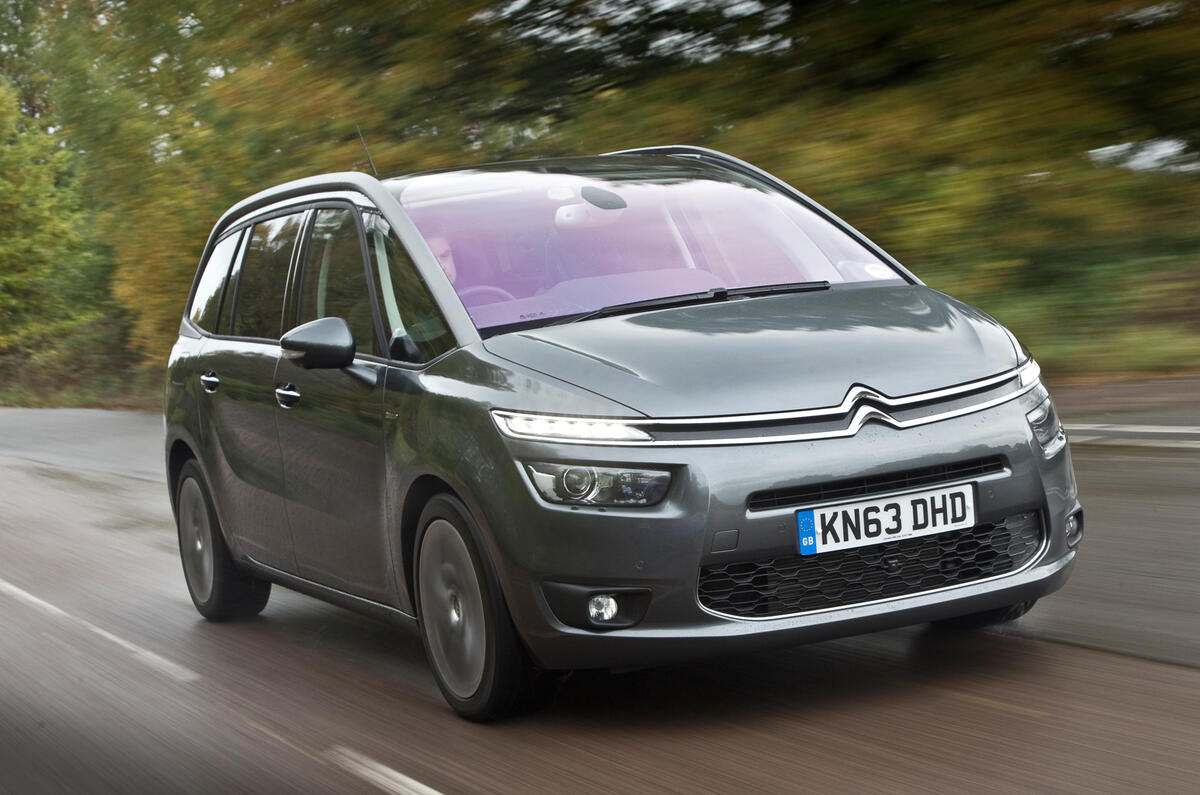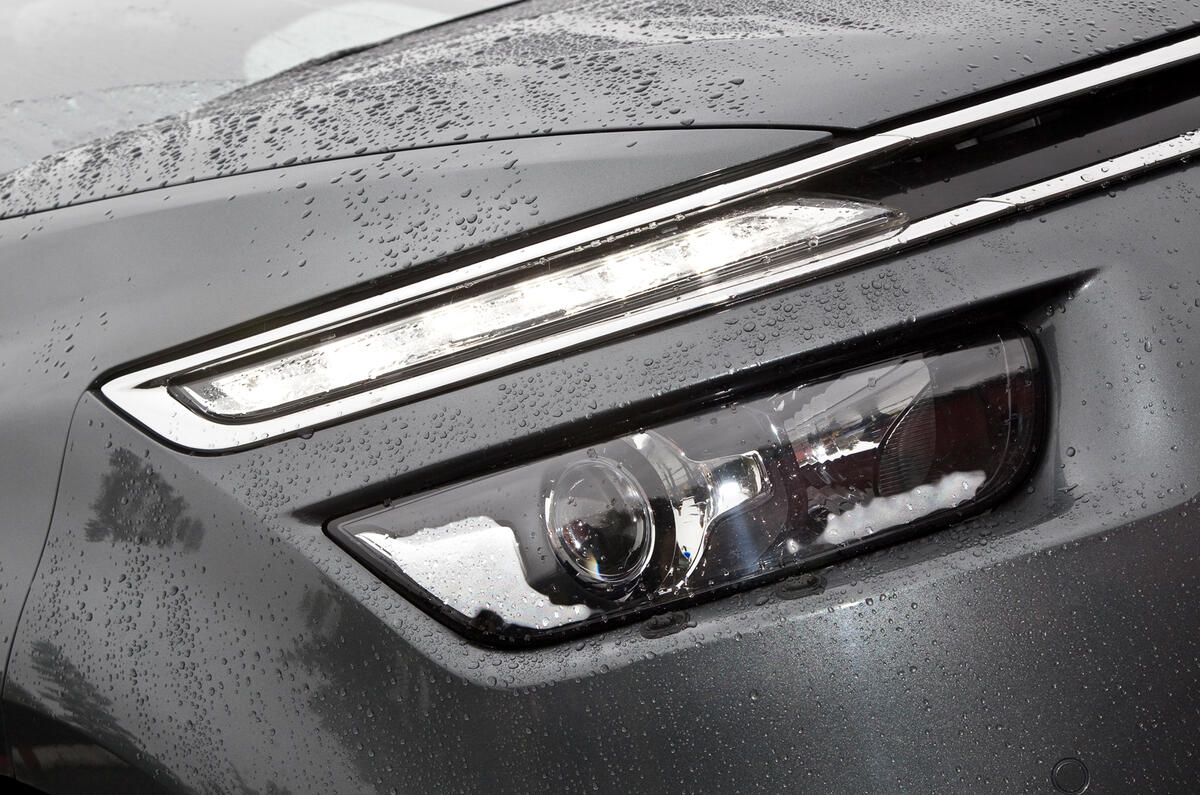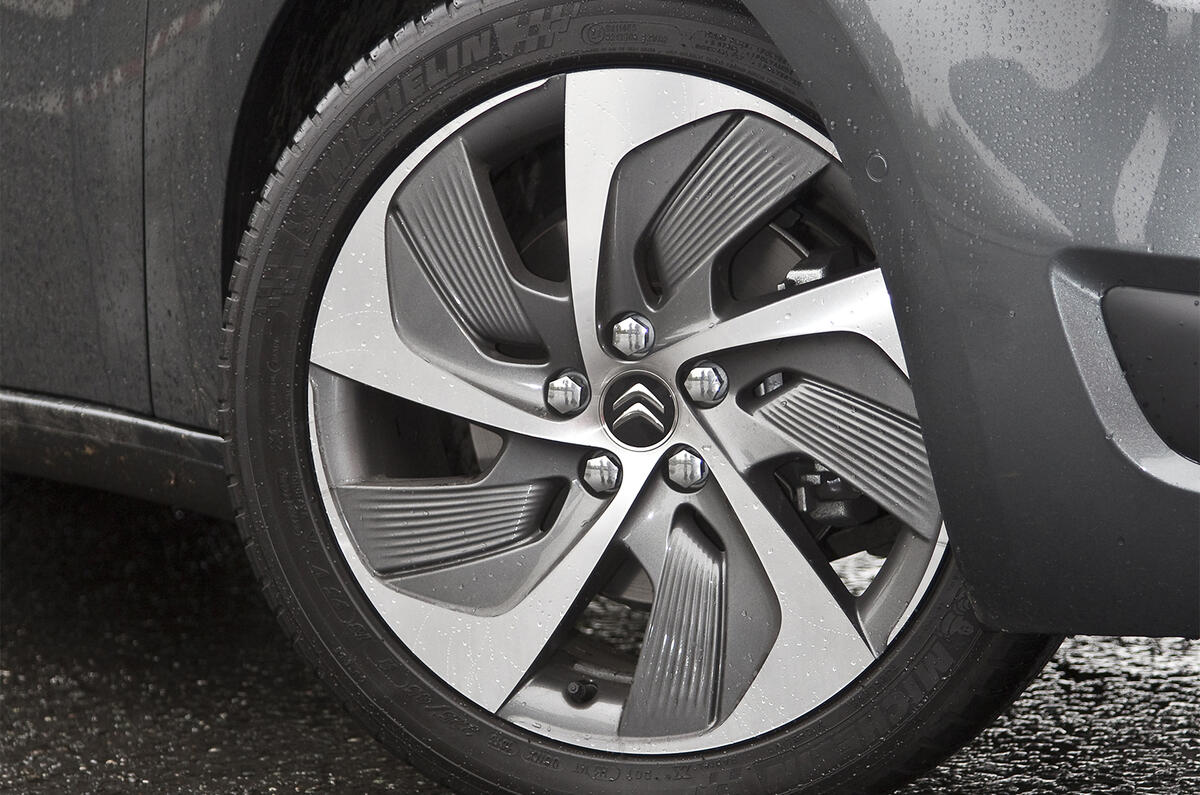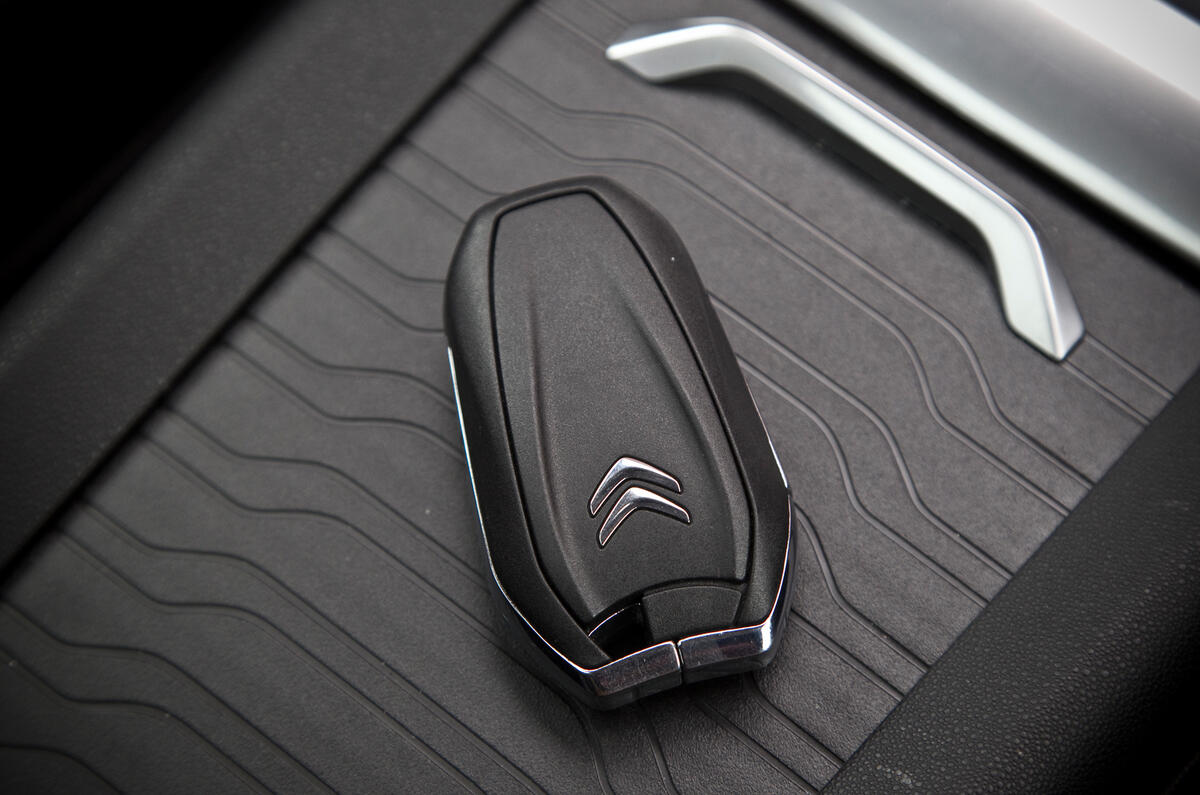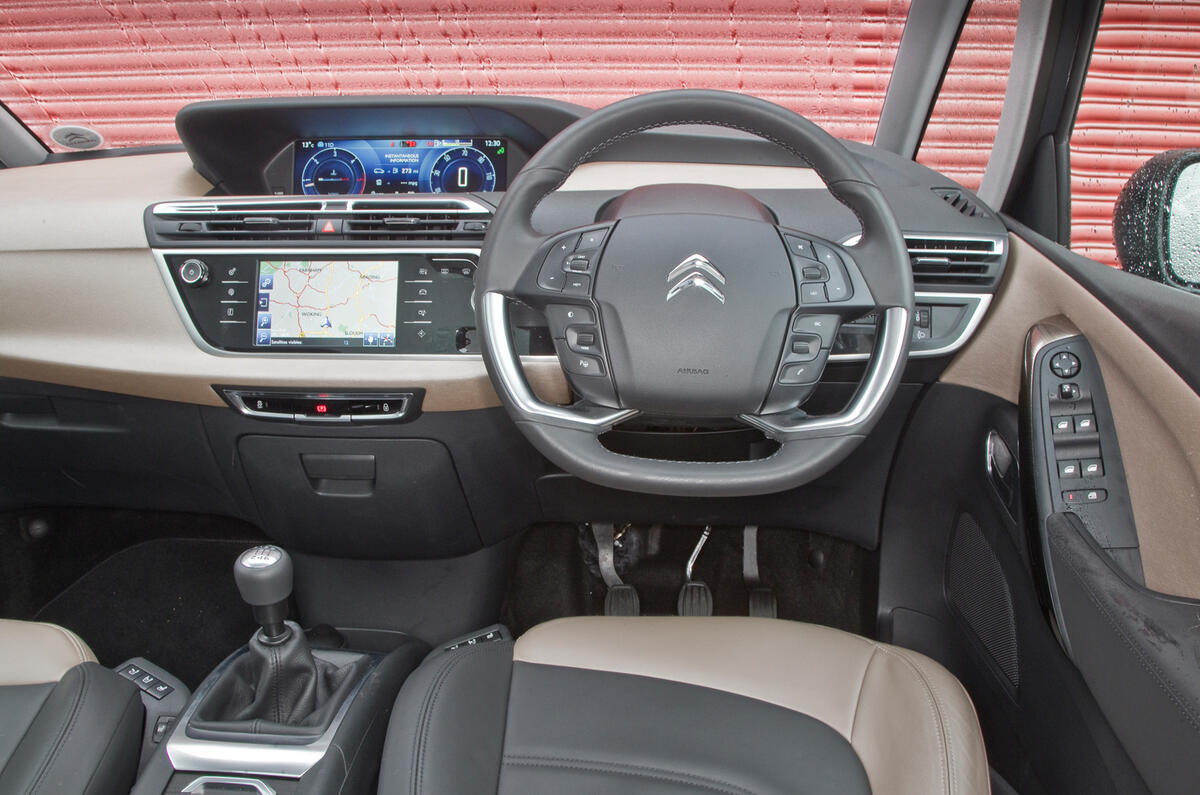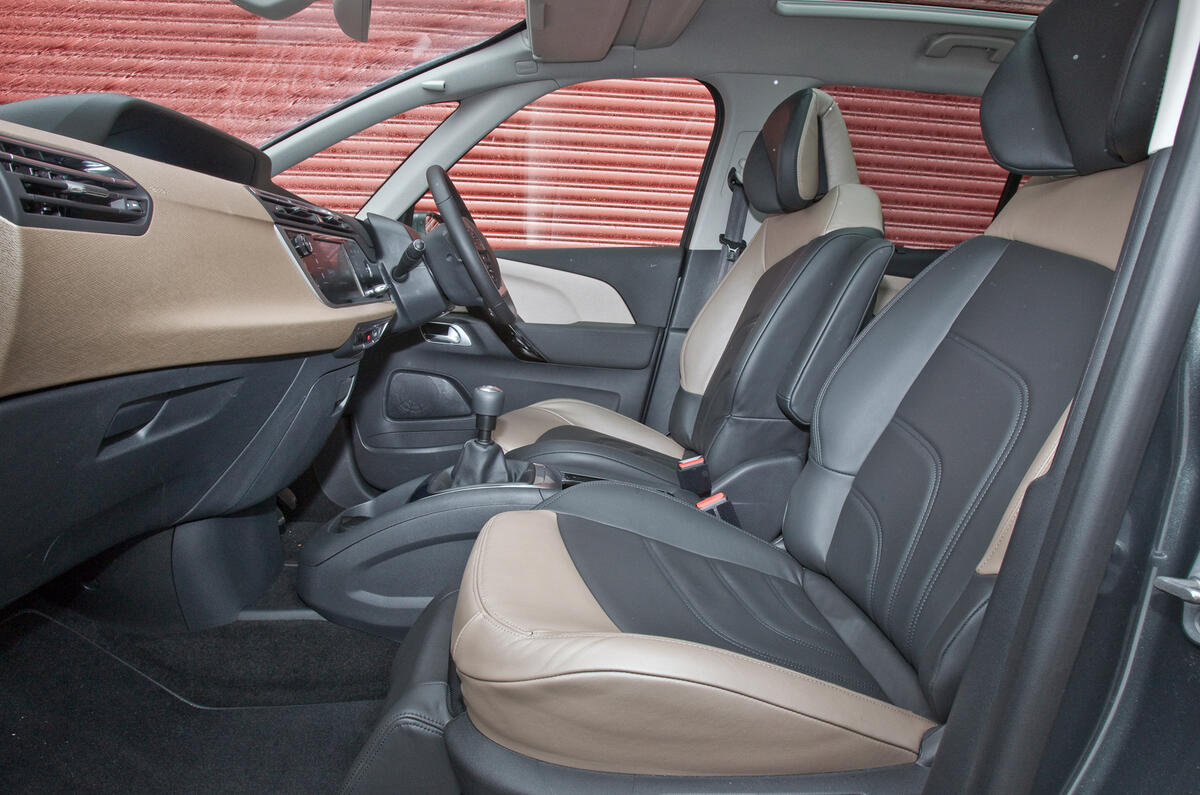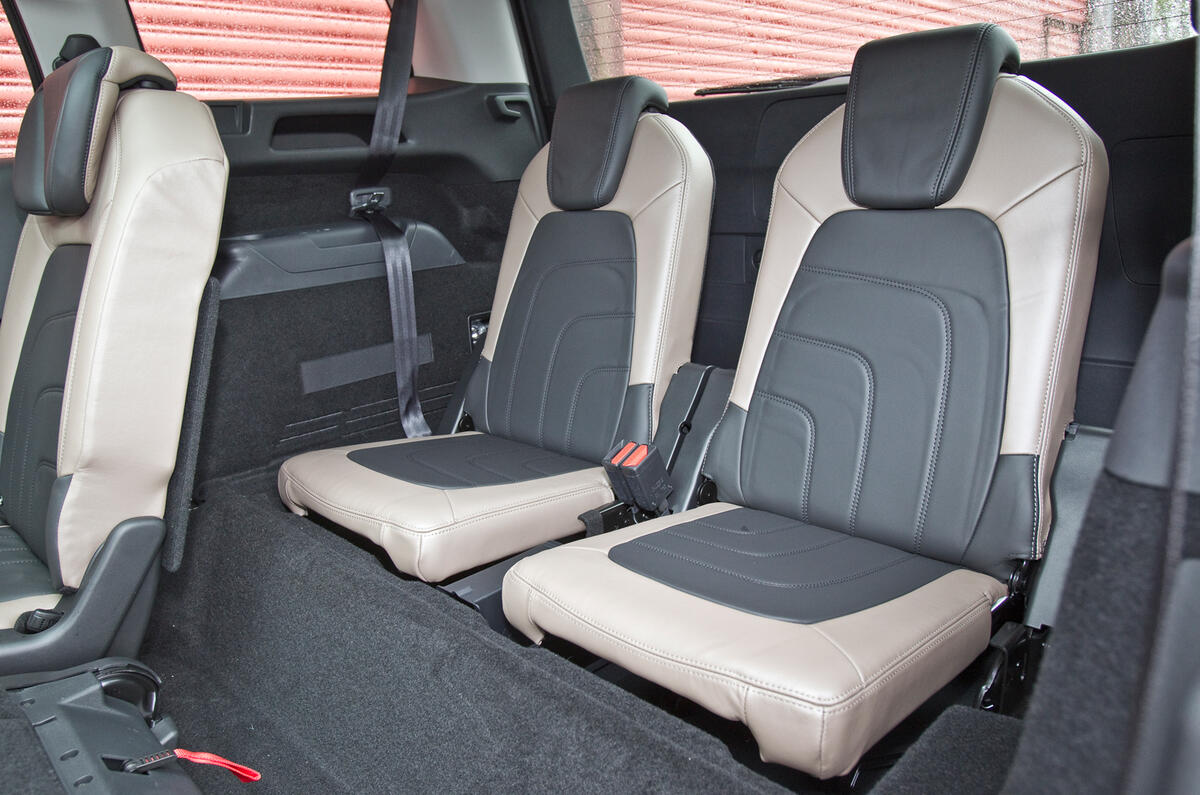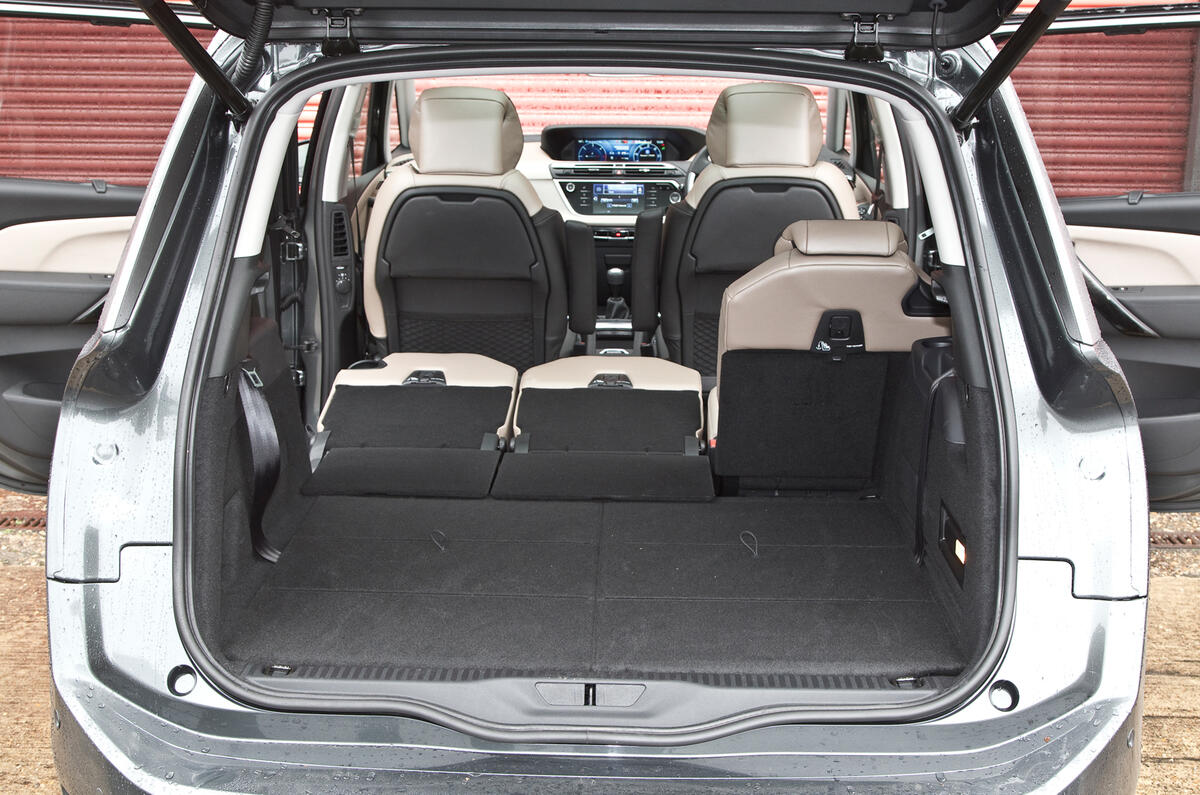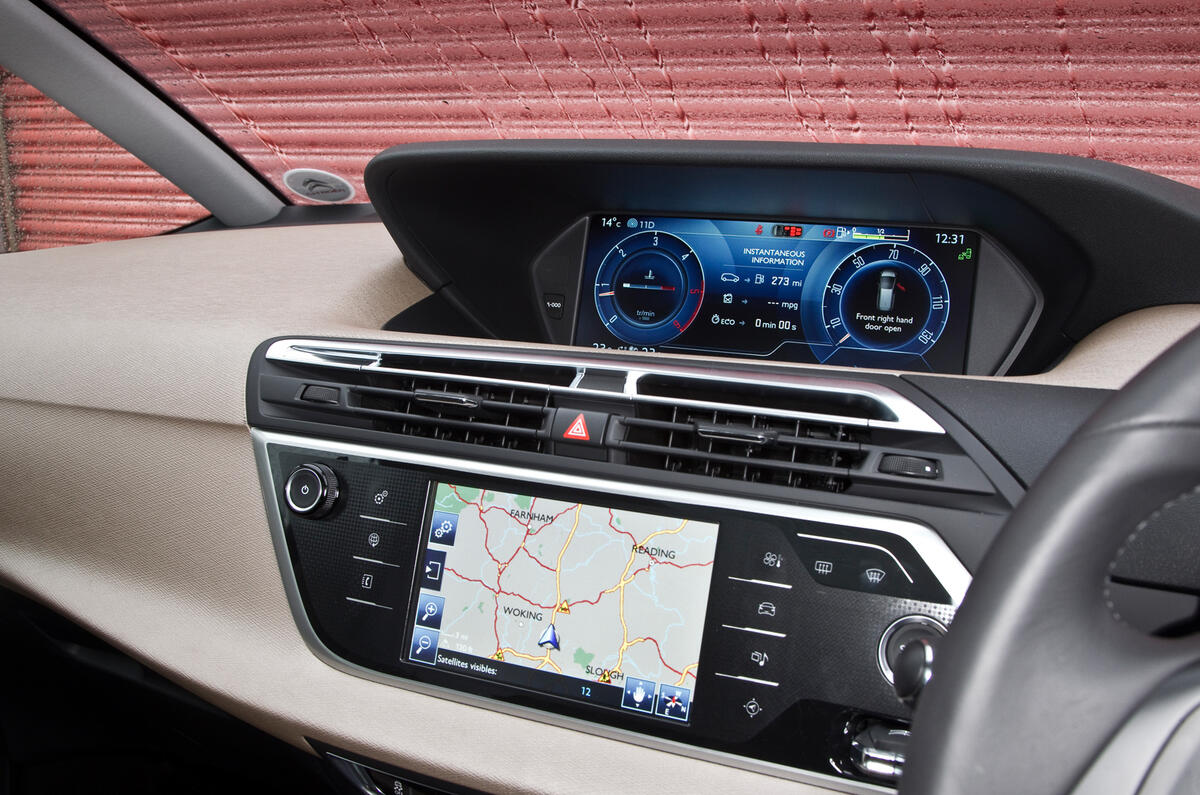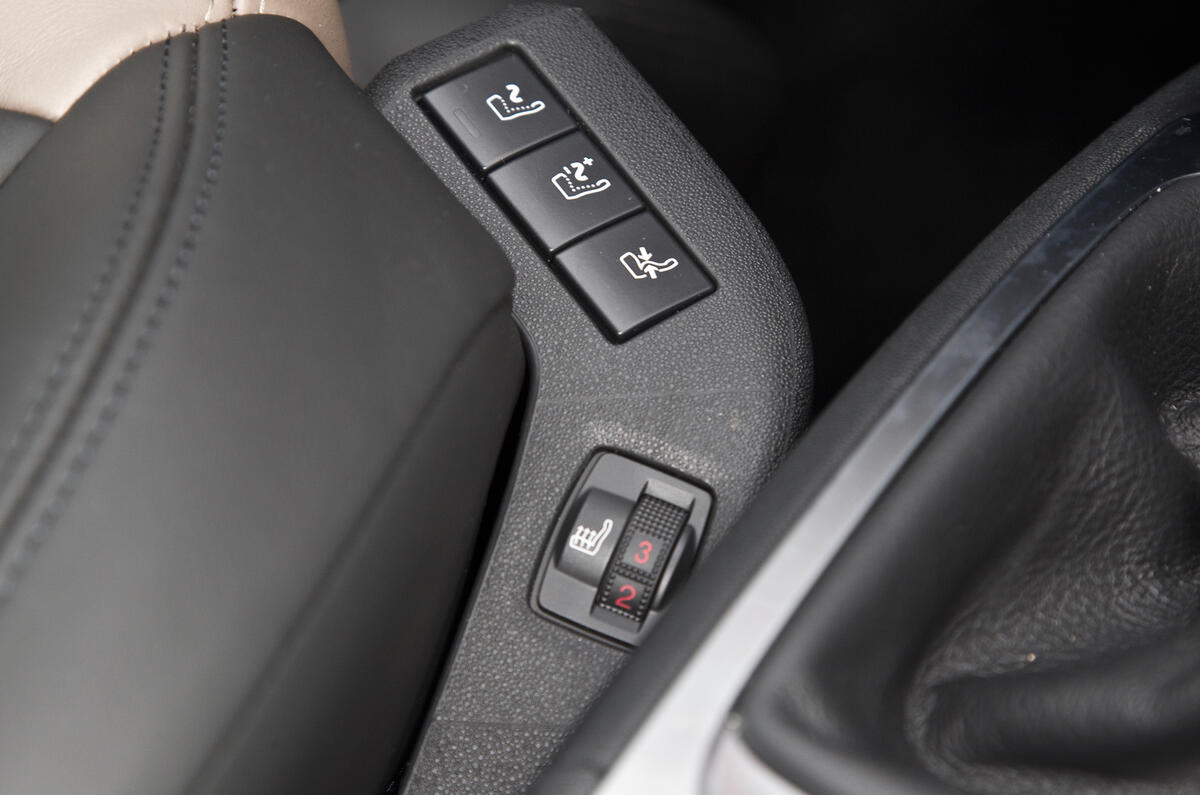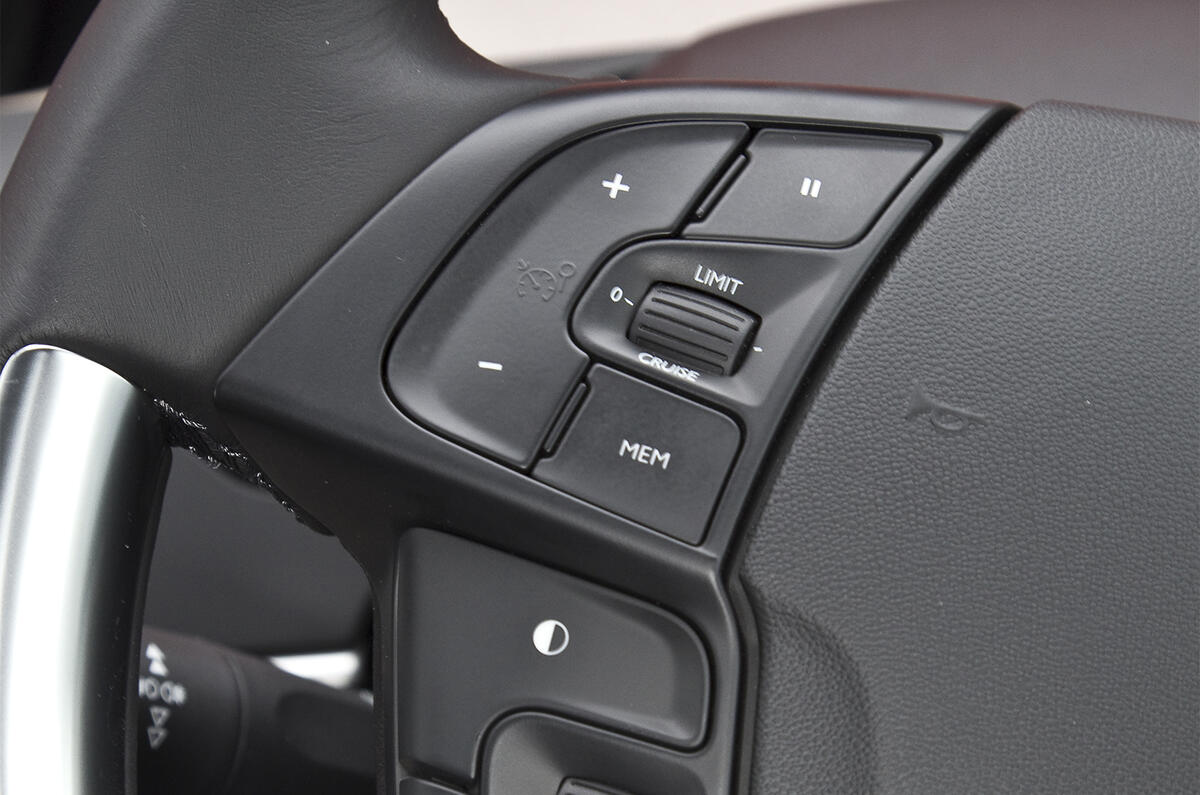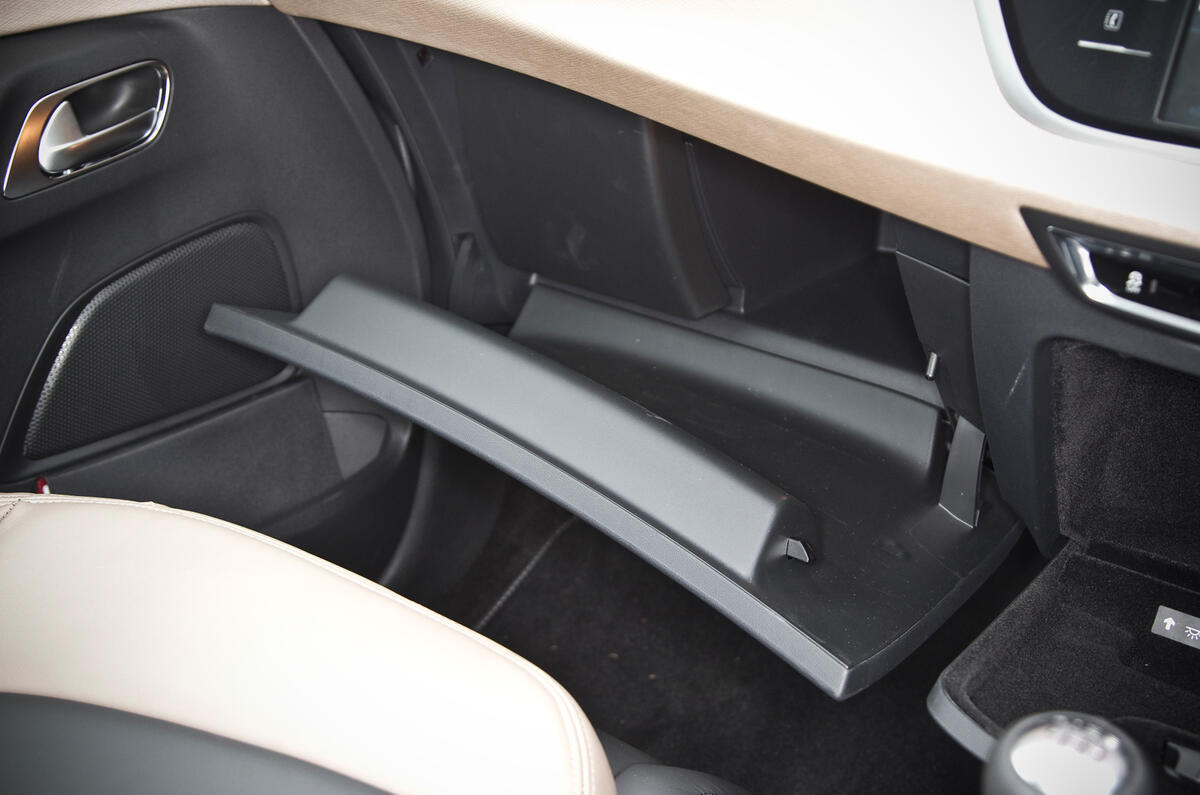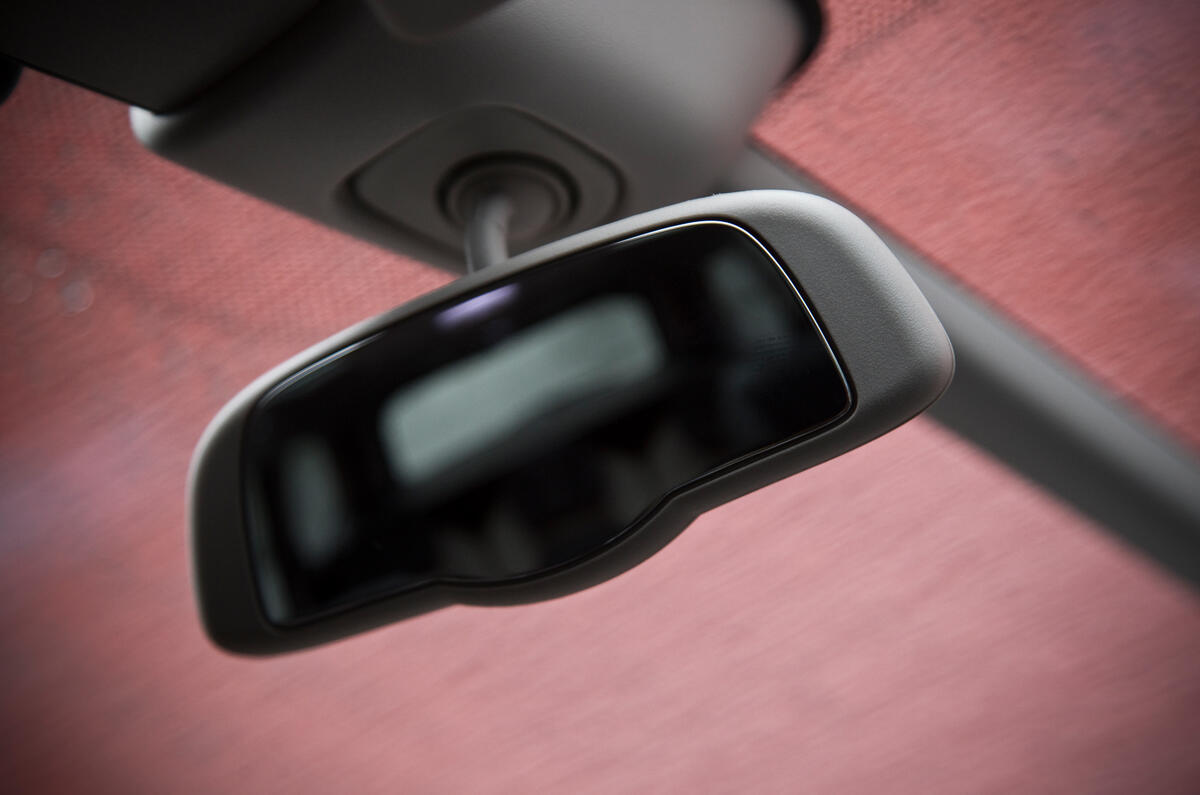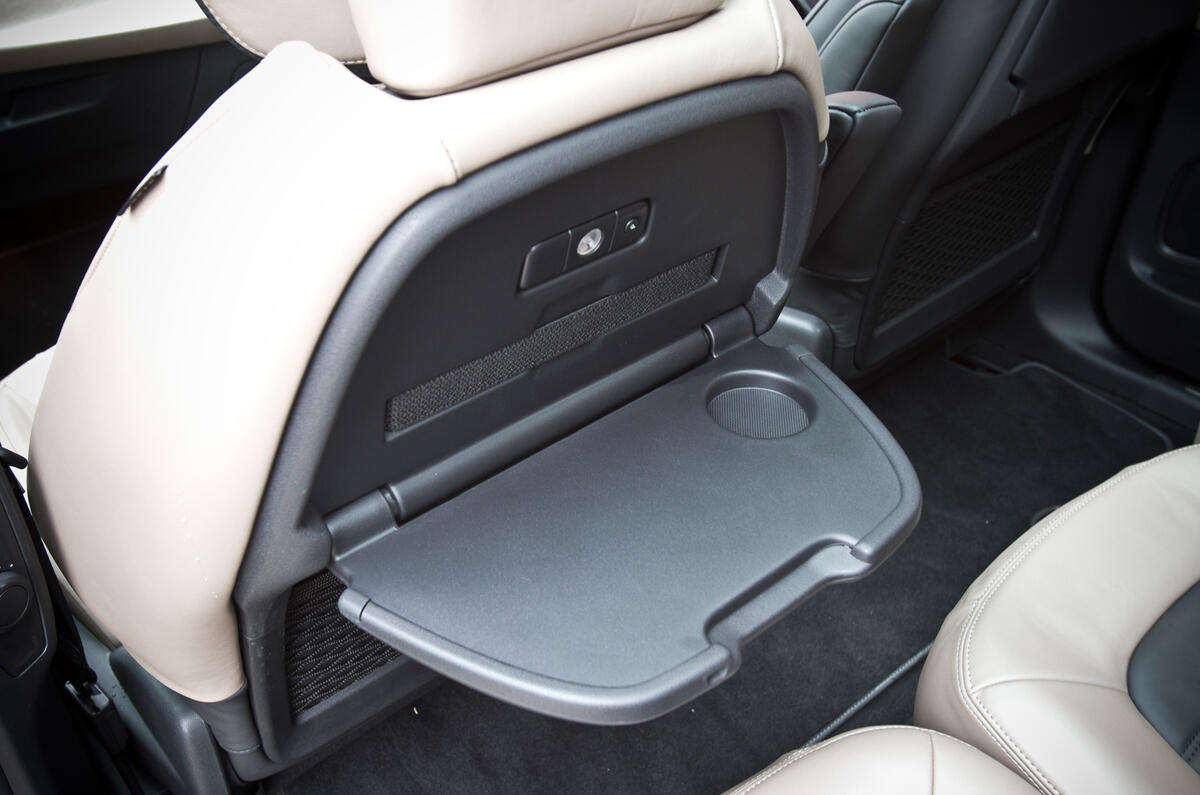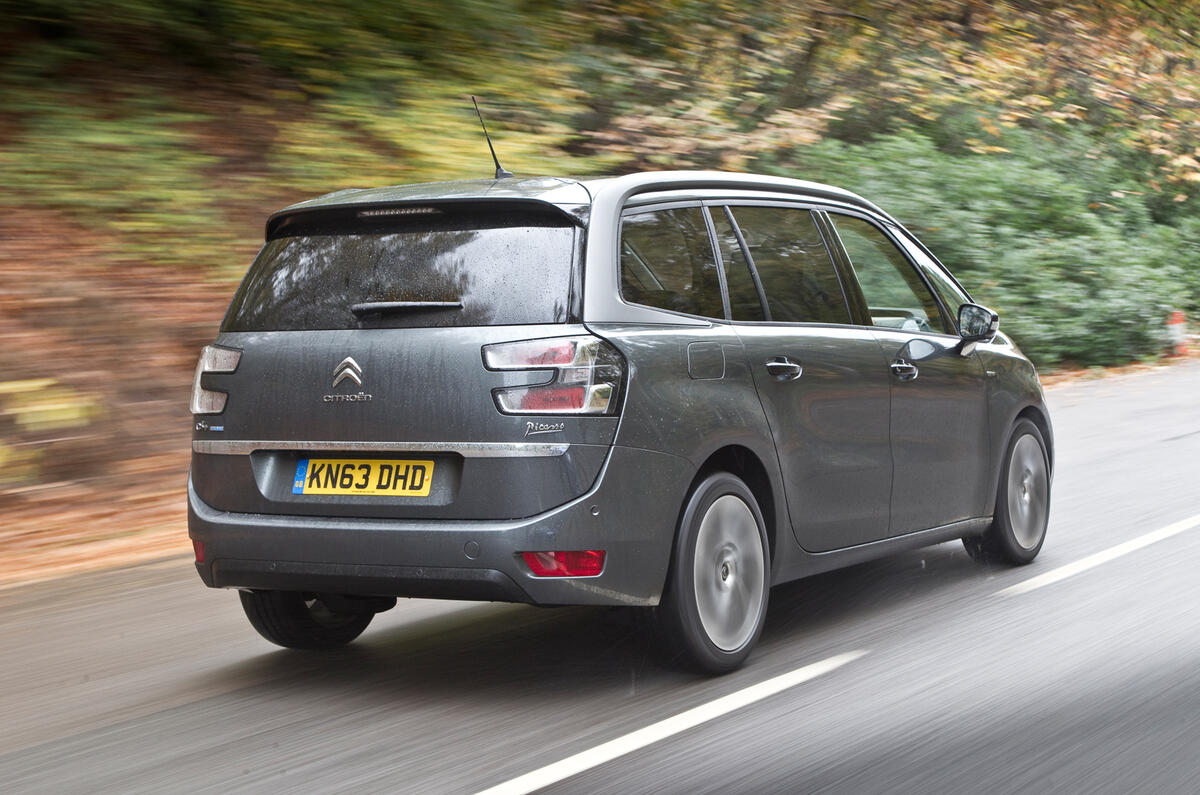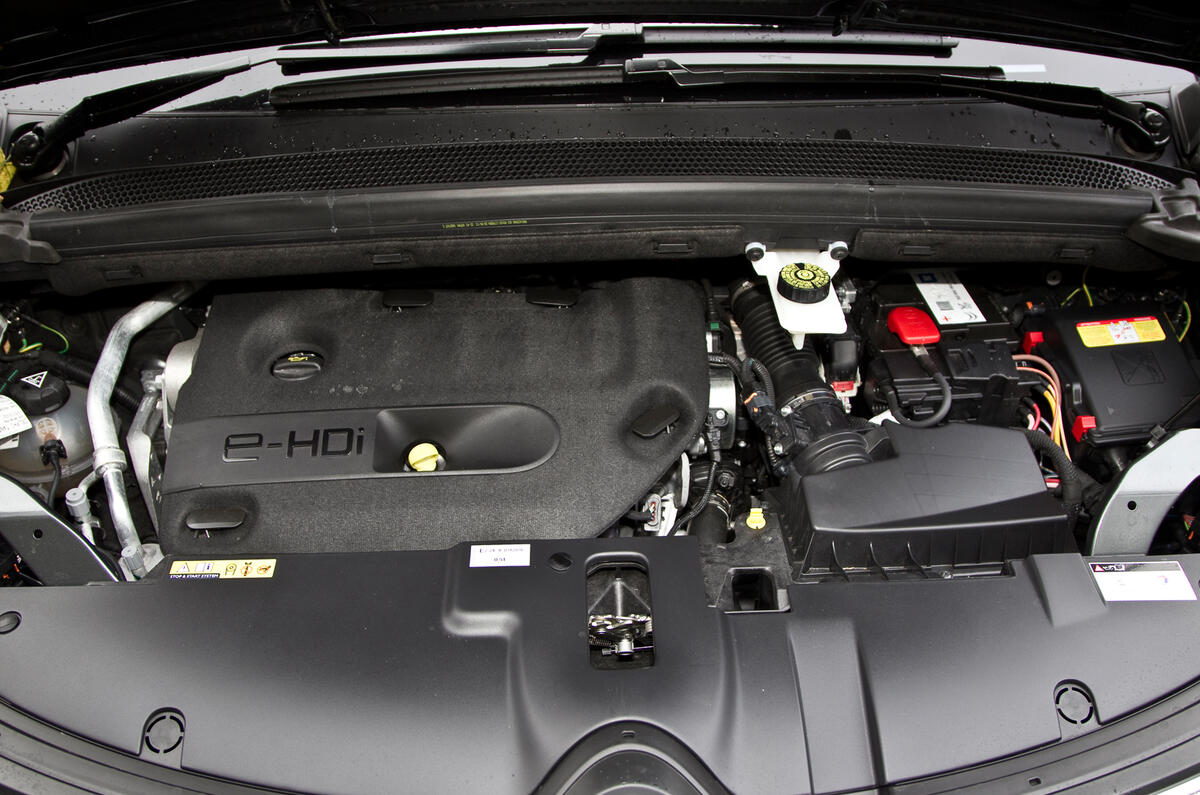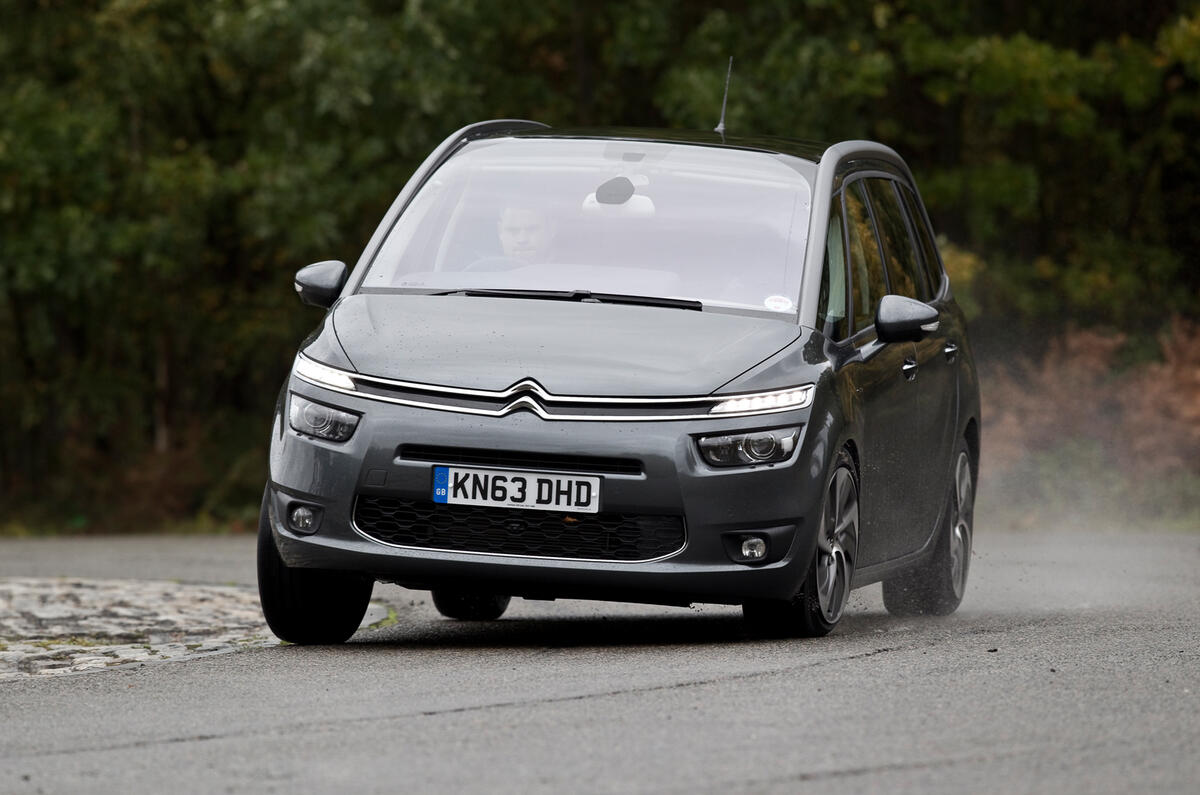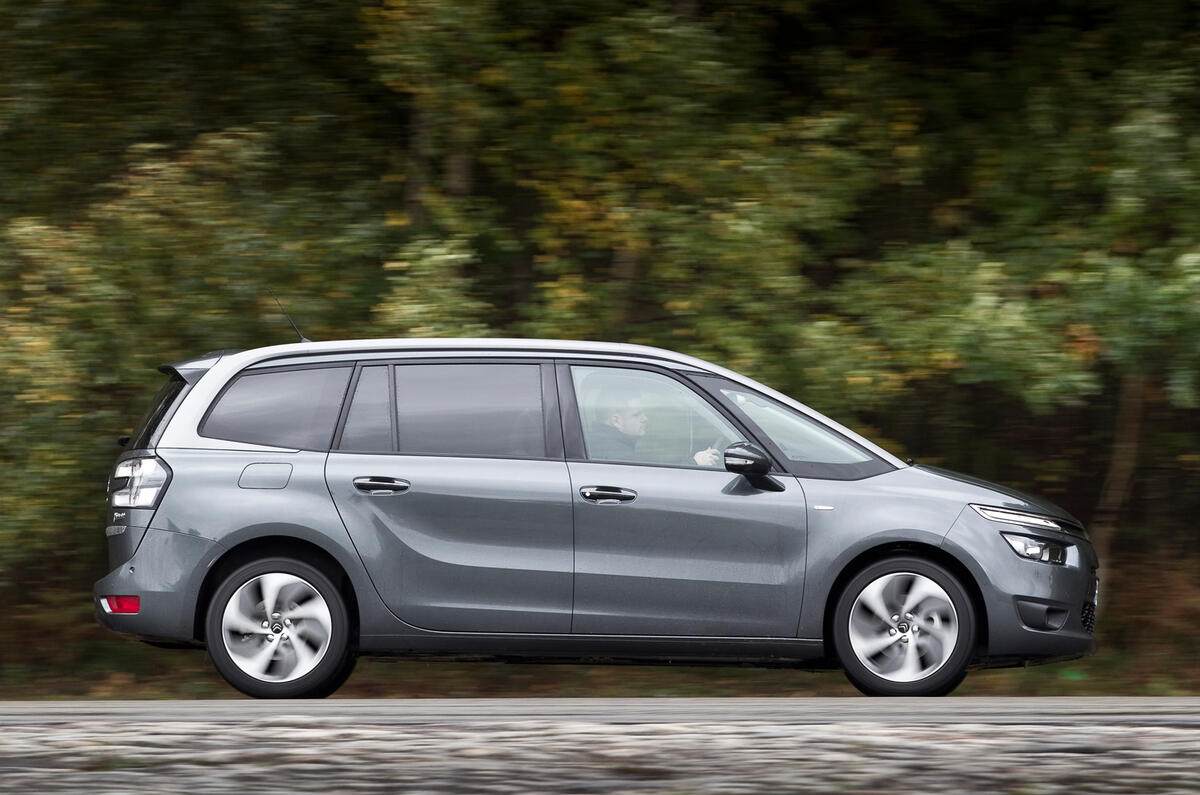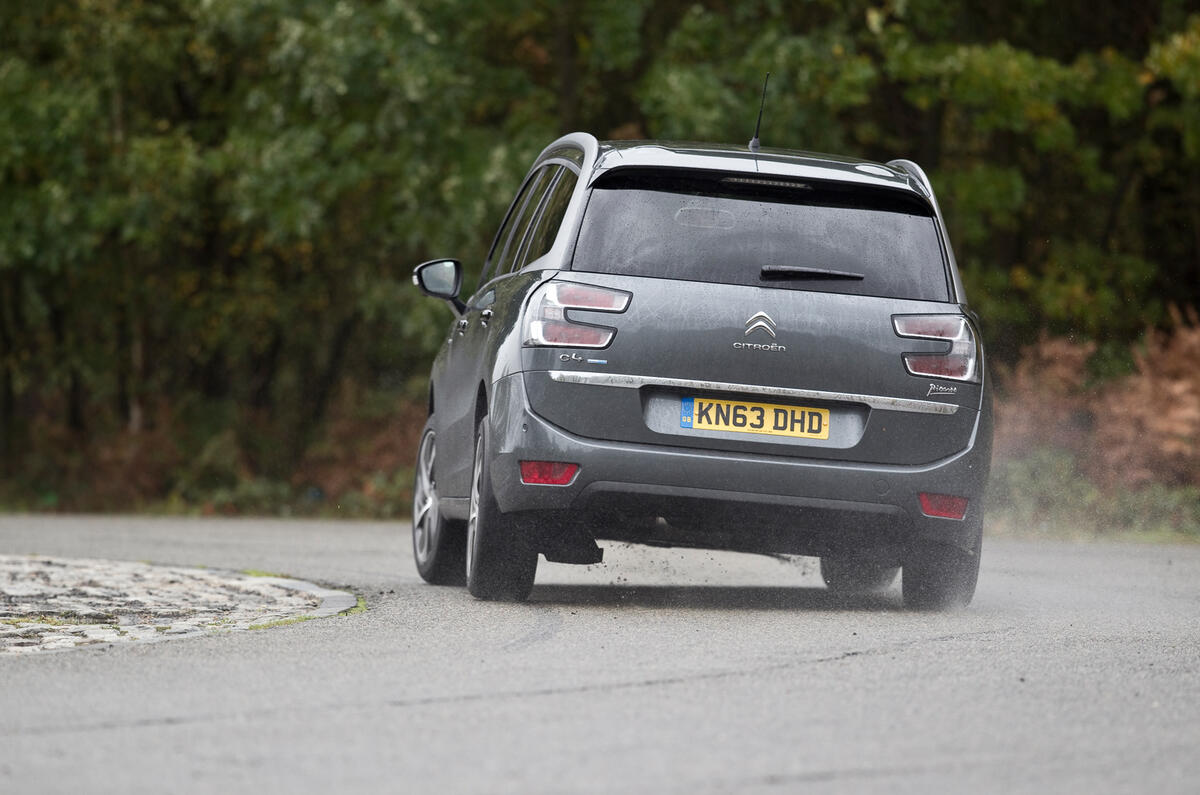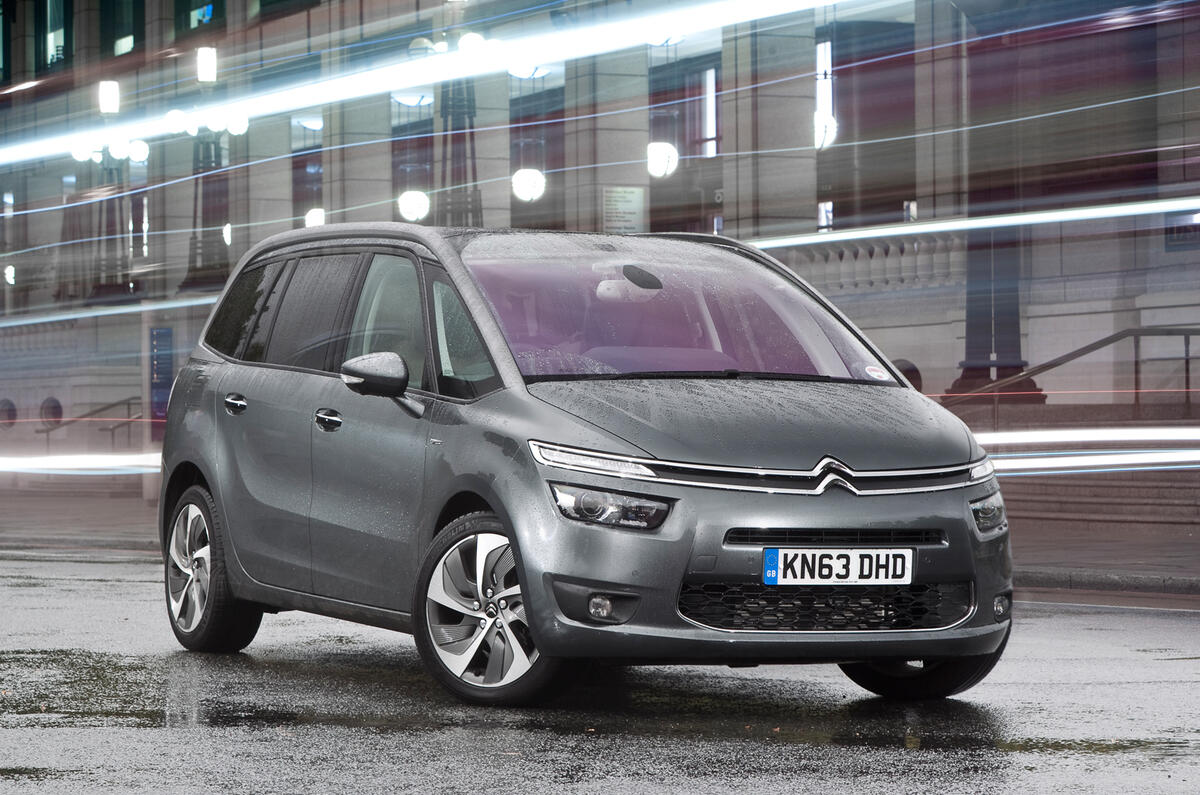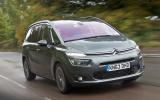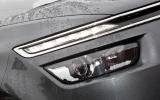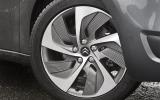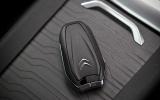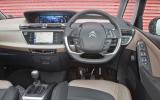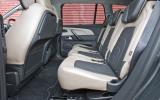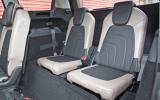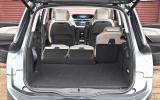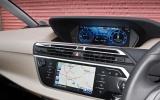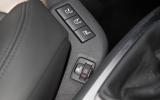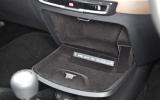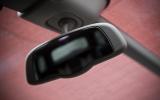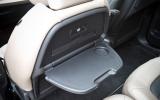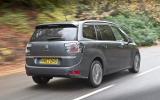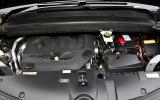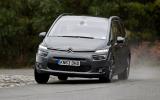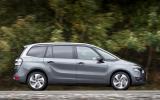The award-winning Citroen Grand C4 Picasso and its successor, the equally celebrated but barely changed Citroen Grand C4 Spacetourer, may seem like dinosaurs in a market moving to electric cars, but families still need to travel, and with household budgets squeezed, these practical people-movers make a great buy.
The earliest are now 10 years old but the newest only two, so there’s a seven-seat C4 to suit most pockets. Impressively, from launch in 2014, the 2.0 BlueHDi 150 diesel engine was Euro 6-compliant; lower-powered engines became so within a year. It means there’s a wide choice of cleaner oil burners at a range of prices.
That’s good because most Grand C4 Picassos are diesel, while Spacetourers are split equally between diesel and petrol.
The root of the big C4’s appeal is its platform, which has a longer wheelbase – at the launch, Citroën claimed it was the longest in the class – and a wider track than its predecessor. Both features contribute to significantly increased interior space, which Citroën’s designers, being an innovative lot, exploited to the full.
Certainly, middle-row passengers occupying the individual split-fold seats will have little to complain about, while, even with the admittedly cramped third row in use, the boot is still reasonably large. Folding both rows down and sliding the middle one forwards creates 2181 litres of load space. On top-spec versions, the front passenger seat folds down, so loads of up to nine feet long can be carried. Before we get too carried away, though, it’s worth pointing out that the Ford Galaxy, Seat Alhambra and Volkswagen Sharan are bigger – but more expensive.



